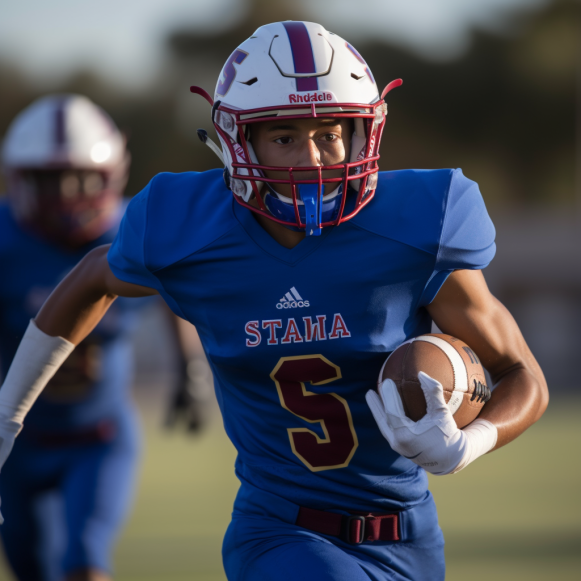Pac-12 finances: Estimating the NCAA Tournament cash available for the remaining schools
If the quartet sticks together, March Madness millions would be forthcoming
Before the ‘Pac-4’ schools begin their home renovation — assuming they choose that option — they must first create a budget. How much money would Cal, Stanford, Oregon State, and Washington State have available to cover expenses and attract new students?
The specifics are unknown. Financial officers and general counsels are sifting through budgets, bank accounts, and bylaws less than two weeks after the conference’s demise.
Which schools have the ability to vote and thus control the assets?
How serious are the liabilities?
What resources are available for reconstruction?
There is one clear revenue stream: the remaining schools would own the NCAA Tournament units earned by the departing members.
“Those shares will stay with the conference,” Oregon State athletic director Scott Barnes recently stated. “It’s just one of the many valuable assets we have.”
Each March Madness game played by a conference equals one unit. These units are converted to dollars and distributed over a six-year cycle by the NCAA Basketball Fund.
For the time being, let us assume that the Pac-12’s NCAA distributions in the spring of 2024 will be split 12 ways, with the outgoing schools receiving equal shares. (Clarity on financial and administrative issues is expected in the coming weeks.)
However, the units earned will not follow them out the door. If the four remaining members stick together, all of the money will be left to them. (At this point, it is unclear what will happen to the units if the conference is dissolved.)
How much money do you have?Our focus here is on the NCAA Tournament distribution in 2025, when the ‘Pac-4’ is most in need of funds.
The units are paid out one year later, so the total amount received in 2025 will be determined by the units earned over the previous six years — the NCAA Tournaments played from 2019 to 2024.
The Pac-12 earned only seven units in 2019, but a whopping 19 units in 2021, followed by seven in both 2022 and 2023. (Because COVID forced the cancellation of the 2020 event, no units were available.)
Obviously, we won’t know the Pac-12’s unit total in 2024 until the following spring, so let’s make an educated guess. We’ll take the average of the units from the previous years in the six-year payout cycle and apply it to 2024.
This results in the following units being distributed to the four remaining members in the spring of 2025:
2019: 7 2020: N/A 2021: 19 2022: 7 2023: 7 2024: 10 Total: 50
Each unit’s monetary value rises by approximately 3% per year over time. Let’s say the value assigned in 2023 is $350,000 per unit.
In the 2025 payout cycle, those 50 units would generate $17.5 million for the Pac-12.
If that sum was divided by 12, it would equal $1.46 million per school.
However, the distribution would only be available to the remaining schools. It comes to $4.38 million per school when divided four ways, a difference of about $3 million per campus.
The schools could keep the extra money for themselves to compensate for the loss of media rights revenue, or they could put it toward the rebuilding project.
After all, $12 million could come in handy if an expansion candidate needs help covering the cost of its conference exit fee.
(In theory, the newcomers could receive a portion of the NCAA revenue generated prior to joining the conference, but that would be negotiated as part of the expansion negotiations.)
Any schools leaving the Mountain West, for example, would owe the Pac-12 $34 million to join in time for the 2024 football season, and $17 million to join in time for the 2025 season.
Remember that the payout cycle lasts six years on a rolling basis.
Units earned by UCLA, Arizona, and the other departing programs will be available to Pac-12 schools until 2030.
Based on the units generated by the 12 schools to date — and using our estimated total for 2024 — the NCAA will pay the conference $65.6 million over the payout period.
We offer the following splits once more:
— Assuming no changes in membership, that equates to $5.5 million per school.
— However, if only Cal, Stanford, Oregon State, and Washington State are paid, the total is $16.4 million, a difference of $11 million per campus.
If that extra money was pooled and used to fund expansion or offset lost media rights revenue, the Pac-12 would have $44 million to support the renovation.




